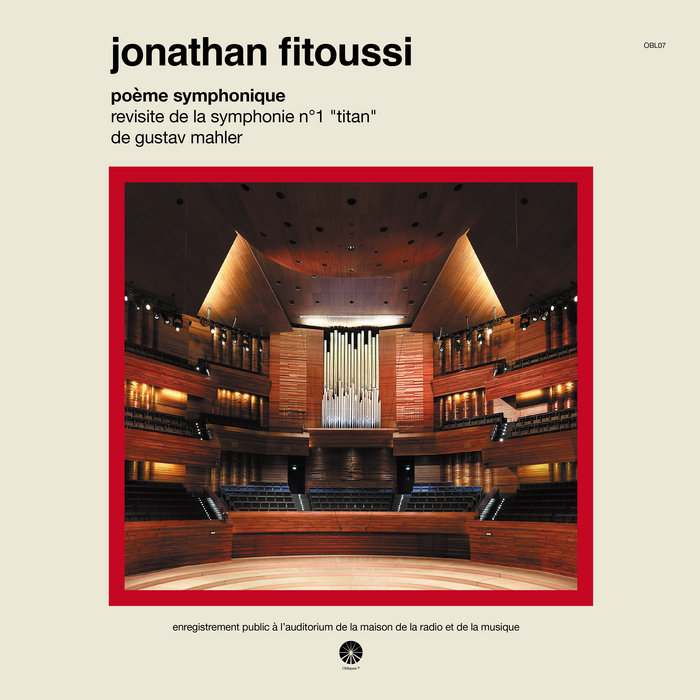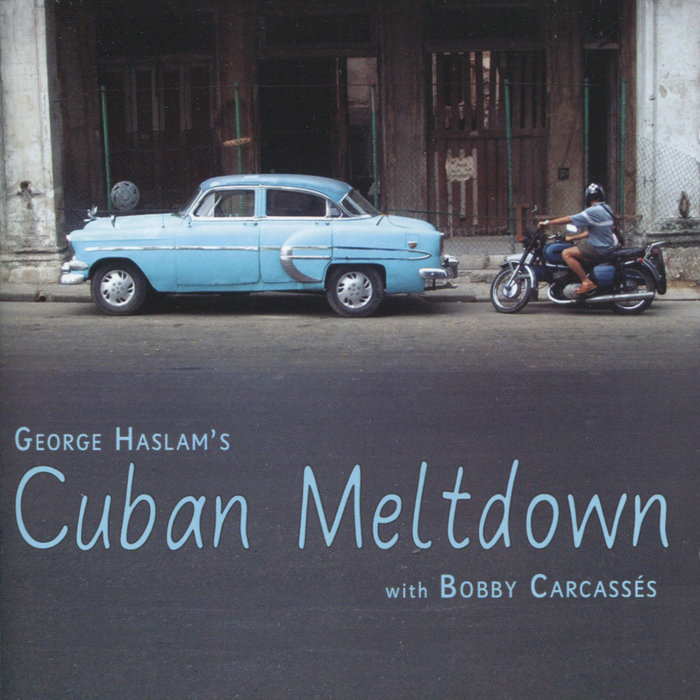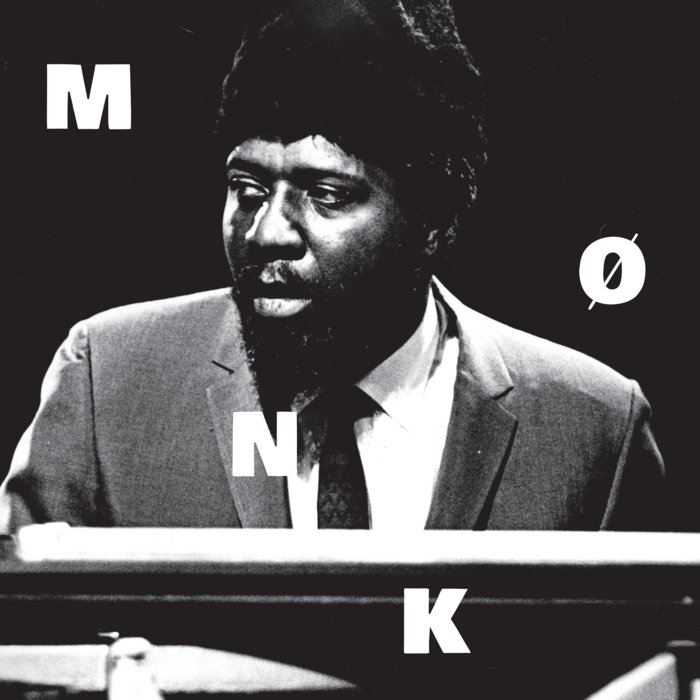
Poème Symphonique – Part II – Jonathan Fitoussi
this blog is GROOVY – check out great Soul, Funk, Jazz, Hip Hop, Bass, Breaks , Reggae, House n many more TUNES
Welcome, fellow sound seekers! Today, we’re diving into the wild and wonderful world of avant-garde music—a genre that dances to its own beats and tickles your ears in ways you never knew were possible. Buckle up for a funky ride through history filled with quirky facts about the musicians who dared to go where no jamming human had gone before!
Avant-garde is not just a fancy term for “weird,” though it often gets thrown around that way. It comes from the French military term meaning “fore-guard” or “advance guard.” In music, it refers to pushing boundaries and experimenting with sound—think of it as the rebellious teenager of musical genres.
Emerging in the early 20th century, avant-garde took root from the spirit of innovation following World War I. With artists rebelling against societal norms, composers decided to break free from traditional melodies and structures, paving the way for something fresh and unexpected.
Let’s give a shout-out to some artists who rocked this boat!
John Cage was certainly one of those cats. Known for his infamous piece 4’33”, where musicians don’t play their instruments at all for four minutes and thirty-three seconds—just silence! This was Cage’s way of saying that everything around us is part of music too (including those awkward coughs!). Fun fact: Cage reportedly faced criticism because people thought he was just lazy!
Then there’s Edgard Varèse, who described his music as “organized sound.” He experimented with percussion like nobody’s business—his piece Ionisation used an ensemble made entirely out of drums! This dude took “drum circle” vibes to a whole new level.
Don’t forget about Karlheinz Stockhausen. This guy once claimed he could communicate with aliens through his compositions—I mean, if you’ve got cosmic connections, why not? Talk about aiming high; Stockhausen shot straight past Earth!
As we grooved into the ’60s and ’70s, avant-garde music threw on tie-dye shirts and didn’t hold back. Musicians started fusing genres together like mad scientists in a lab:
Frank Zappa, legendary guitarist extraordinaire known for blending rock with jazz, classical elements,
and downright absurdity. He once hired bandmates based more on their personality than technical skills; he believed talent would come second when you’re rocking out loudly enough together—and boy did they rock loud!
Another noteworthy figure is composer La Monte Young, whose drone-based pieces could last hours upon hours; talk about stretching time! Legend has it that once during an outdoor concert in California he played so long that half the audience fell asleep while others simply started picnicking nearby.
Oh! And let’s not forget about Sun Ra—a sci-fi nut who firmly believed himself to be from Saturn. Sun Ra combined free jazz elements with cosmic philosophies which led him to perform wearing robes spectacular enough that they might make even Elton John jealous!
Fast-forwarding right on over into modern times brings us face-to-face with today’s avant-garde scene:
In recent years composers have continued mixing up sounds—the electronic revolution sprinkled its magic dust over everything.
For instance…
Funny tidbit: Some fans dubbed Walker “the dark lord” due to how deep his themes ran—a title other musicians may end up chasing after without realizing… maybe that’s what happens when you take your music too seriously?!
So there you have it—avant-garde isn’t just another word rattled off by snobby critics sitting behind big desks; it’s an adventurous movement full of surprises waiting at every turn. From silent symphonies by John Cage making entire auditories rethink what they define as “music,” meeting characters rising higher than Mars getting lost amongst ethereal drones—it proves one thing: our sonic journey doesn’t need rules if imagination fuels creativity.
Next time someone asks you what avant-garde means or shares opinions that challenge conventional tastes within any musical realm remember this little nugget: It’s all good fun exploring different horizons—even if sometimes things get weirdly unpredictable along the way (cue weird laugh).
Keep dancing explorers – may your playlists always be unorthodox!

Poème Symphonique – Part II – Jonathan Fitoussi

Touareg Spaceship – Mamman Sani & Tropikal Camel

Muneta – Seoi Nage

去北戴河 – Sleeping Dogs

Gongs, Fists & Cymbals – Seoi Nage

Cuidei Que Tinha Morrido – Lina_Raül Refree

Sin Tema – George Haslam & Bobby Carcassés

Au Verger – Sophia Djebel Rose

Monk's Dream – Thelonious Monk

A Soul That’s Been Abused (Live) – Diamanda Galás